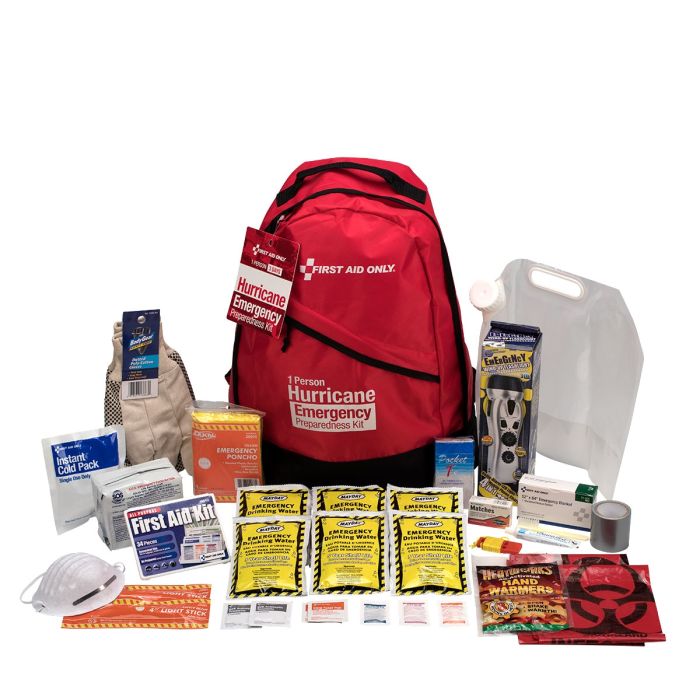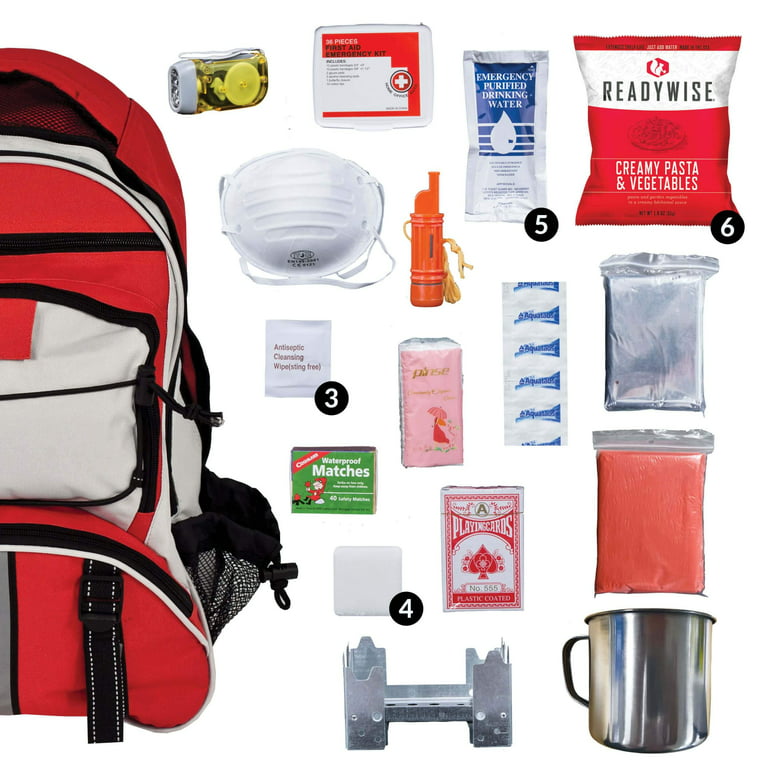Your Ultimate Emergency Preparedness Source: Keep Informed, Keep Safe
Your Ultimate Emergency Preparedness Source: Keep Informed, Keep Safe
Blog Article
Just How to Establish an Extensive Emergency Situation Preparedness Plan
In the world of preparedness, establishing a comprehensive emergency strategy is not just a job to inspect off a listing; it is a vital foundation of any kind of organization or individual's strength strategy. By meticulously crafting a plan that resolves various aspects of emergency management, consisting of danger assessment, interaction methods, source allocation, and strategic decision-making, one can lay a strong foundation for protecting assets, procedures, and lives.
Importance of Emergency Situation Readiness
Emergency situation preparedness is essential for reducing potential threats and guaranteeing the safety of people and neighborhoods. In today's world, where all-natural disasters, public wellness dilemmas, and other emergency situations can strike without caution, being prepared can make a substantial difference in decreasing the impact of these events. By having a well-balanced emergency preparedness strategy in position, organizations and individuals can react properly, shield lives, and lower property damages.
One of the key reasons that emergency situation readiness is crucial is its duty in conserving lives. When emergency situations occur, having a strategy that lays out clear treatments for interaction, emergency, and evacuation feedback can aid people act swiftly and decisively. This can prevent injuries and fatalities by ensuring that people know what steps to require to stay safe
Furthermore, emergency situation readiness enhances the strength of communities. By fostering a culture of readiness and planning for various situations, areas can recover quicker from calamities and interruptions. This resilience is necessary for keeping security, continuity of procedures, and overall wellness when faced with difficulty.
Assessing Possible Risks
Thinking about the value of being planned for unexpected occasions, the preliminary action in creating a reliable emergency situation readiness strategy entails thoroughly evaluating and evaluating prospective dangers. This evaluation needs a detailed evaluation of all feasible dangers that can affect the organization, thinking about factors such as location, industry, and historic information on occurrences. By recognizing these threats, companies can prioritize their preparedness initiatives and allocate sources successfully to reduce the most significant threats.
Common threats that companies may face consist of all-natural catastrophes like earthquakes, hurricanes, or floodings, technical risks such as power failures or information violations, in addition to human-caused risks like crashes or willful acts of physical violence. Performing a threat assessment also involves thinking about the prospective impact of these events on the company's procedures, workers, customers, and reputation. By conducting a complete danger assessment, companies can establish tailored emergency situation feedback plans that address their specific vulnerabilities and make certain efficient readiness for any possible crisis.
Producing a Communication Plan
Creating a comprehensive and clear interaction strategy is necessary for effective emergency situation preparedness within organizations. In times of crisis, interaction plays a vital role in ensuring the security and health of employees, stakeholders, and the neighborhood. A well-balanced communication plan must outline clear lines of communication, mark key workers liable for communication tasks, and establish methods for disseminating info promptly and precisely.
One trick element of creating a communication strategy is determining main and alternate interaction networks (EMERGENCY PREPAREDNESS). These can include email, message messaging, phone trees, social networks platforms, and public address systems. It is crucial to ensure that these networks are dependable, obtainable, and on a regular basis evaluated to ensure their efficiency throughout emergency situations

Structure an Emergency Package
Provided the important significance of preparedness in times of crisis, a crucial part that organizations have to attend to is the facility of an emergency situation package. When putting together an emergency situation set, it is vital to consider the certain demands and situations of the company. Additionally, companies need to include important documents, such as get in touch with listings, insurance coverage details, and emergency situation response plans, in water-proof containers within the package.
Developing Emptying Procedures
To guarantee the security and orderly emptying of workers throughout emergency situations, organizations must develop clear and efficient evacuation treatments. Evacuation procedures need to encompass a range of possible scenarios, including fires, natural calamities, or other emergency situations that call for swift discharge.

Furthermore, organizations ought to establish a system for bookkeeping for all workers throughout a discharge to ensure that everybody has actually securely exited the facilities. Interaction plays an essential duty in emptying treatments, with clear directions on exactly how to leave and when to do so. Normal review and upgrading of emptying procedures based on responses and transforming scenarios are essential to maintaining the performance of the strategy.
Final Thought
In conclusion, creating a comprehensive emergency situation preparedness plan is web important for ensuring the safety and health of people in case of a disaster (EMERGENCY PREPAREDNESS). By evaluating potential dangers, developing an interaction plan, building an emergency situation set, and establishing discharge treatments, companies and people can be much better geared up to respond effectively to emergencies. It is necessary to focus on preparedness initiatives to alleviate the effect of disasters and secure lives and building
In the realm of readiness, establishing a thorough emergency situation plan is not simply a job to inspect off a listing; it is a necessary foundation of any kind of company or person's resilience technique. When emergency situations take place, having a strategy that outlines clear treatments for emptying, emergency, and communication reaction can aid people act swiftly and decisively. check here. By performing a thorough threat evaluation, companies can establish customized emergency situation reaction plans that address their particular susceptabilities and make certain reliable readiness for any prospective situation
Establishing a detailed and clear communication plan is necessary for effective emergency preparedness within organizations. By assessing potential threats, developing a communication strategy, constructing an emergency situation package, and developing discharge individuals, organizations and treatments can be better equipped to respond effectively to emergency situations.
Report this page